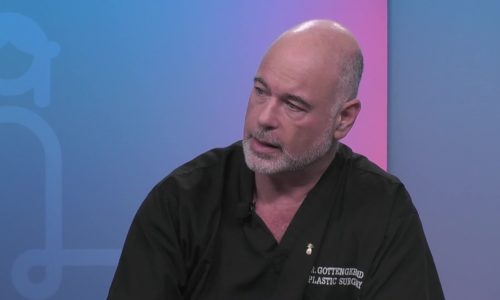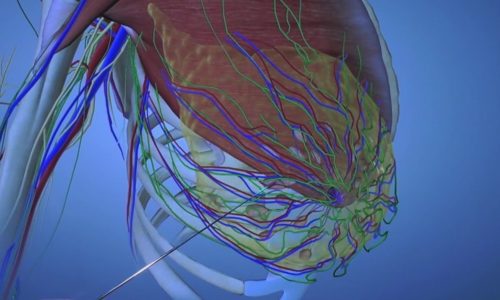Fat Transfer Instead of Breast Implant |
Dr. Max Polo, Plastic Surgeon at Baptist Health South Florida, explains fat transfer involves liposuction, containing fat from the patient, from areas they consider difficult where they have contour irregularities and they desire to improve them.
“Those are typically areas that are resistant to diet and exercise, so we will perform liposuction in those areas. Usually, fat transfer procedures are like liposuction procedures,” he says. This is a good option for patients who prefer not to have a breast implant.
Transcript
What exactly are we talking about when we say fat transfer? fat transfer involves liposuction, containing fat from the patient, from areas they consider difficult, where they have contour irregularities and they desire improvement. those are typically areas that are resistant to diet and exercise, so we will perform liposuction in those areas. usually fat transfer transfer procedures are liposuction procedures at the donor side as they are — we will perform liposuction in these difficult areas, improve contour, process the fat, because we want to inject and process only viable fat cells and get rid of all the waste materials that develop from liposuction and whatnot. we will take that volume and carefully graphed it to augment — and carefully graft it to augment. why is it a smart option? is for people who prefer not to have a breast implant. they do not want a prosthetic device in the body and it is a nice alternative. there are some limitations. we cannot achieve as much in a simple procedure– there are some limitations, but it is an excellent procedure for patients who prefer not to have a prosthetic device in the body and are looking for a more modest augmentation of the breast








